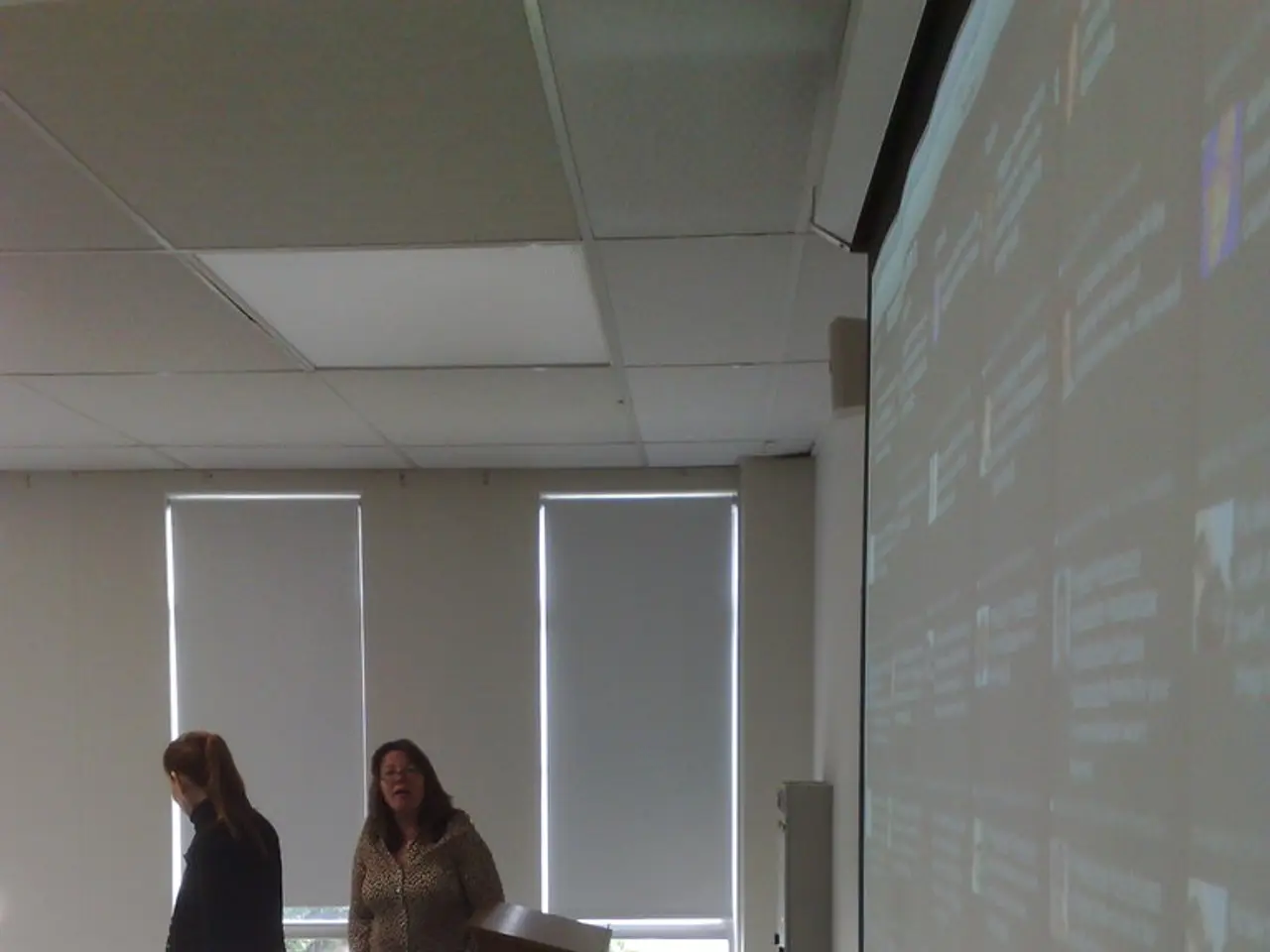"UZGA reveals reasons behind a drone crash in a Kazan countryside residence"
A dramatic incident unfolded this morning in Kazan, Russia, as a civilian aircraft and a UAV produced by the Ural Civil Aviation Plant (UZGA) were involved in an unexpected collision. The UAV, identified as the heavy strike drone Altius, crashed into a private residence north of the city, causing a brief fire but thankfully resulting in no reported casualties[1][3][5].
The test flight of the Altius, a six-ton drone designed for reconnaissance and strike missions, began without incident. However, during the flight, an unidentified external electronic warfare (EW) measure disrupted the drone's satellite navigation, forcing it to rely on its inertial navigation system for control[3][5].
As the drone prepared to land, an abnormal situation occurred, causing it to veer off course and crash about 1 kilometer from the runway[1][3][5]. The Ural Civil Aviation Plant has confirmed the crash and attributed it to interference from "unidentified external electronic warfare devices," which disrupted the UAV's satellite navigation[3][5].
Regional transportation prosecutors have launched a preliminary investigation into the circumstances surrounding the crash[1][5]. The investigation is focused on understanding the exact cause of the satellite navigation disruption and the factors that led to the drone's abnormal landing.
The Altius project, which has been under development since 2011, has faced delays and controversies, including the arrest of its chief designer on fraud charges in 2018[5]. Despite these challenges, the drone is equipped with advanced capabilities, including the ability to fly for over 24 hours and perform various optical, radio, and radar reconnaissance tasks.
As the investigation continues, more details about the incident will likely come to light. In the meantime, the focus remains on ensuring the safety and reliability of civilian aircraft and UAVs, particularly during testing and training flights.
[1] https://www.tass.ru/obschestvo/13571884 [2] https://www.rbc.ru/technology_and_media/25/07/2021/5ef1f7a69a79476760e5410a [3] https://www.interfax.ru/russia/788328 [4] https://www.kommersant.ru/doc/4771362 [5] https://www.rbc.ru/technology_and_media/25/07/2021/5ef1f7a69a79476760e5410a
The test flight of the Altius, a six-ton drone designed for reconnaissance and strike missions, was disrupted by an unidentified external electronic warfare measure that interfered with its satellite navigation. This forced the drone to veer off course and crash, despite its advanced technology and capabilities.




